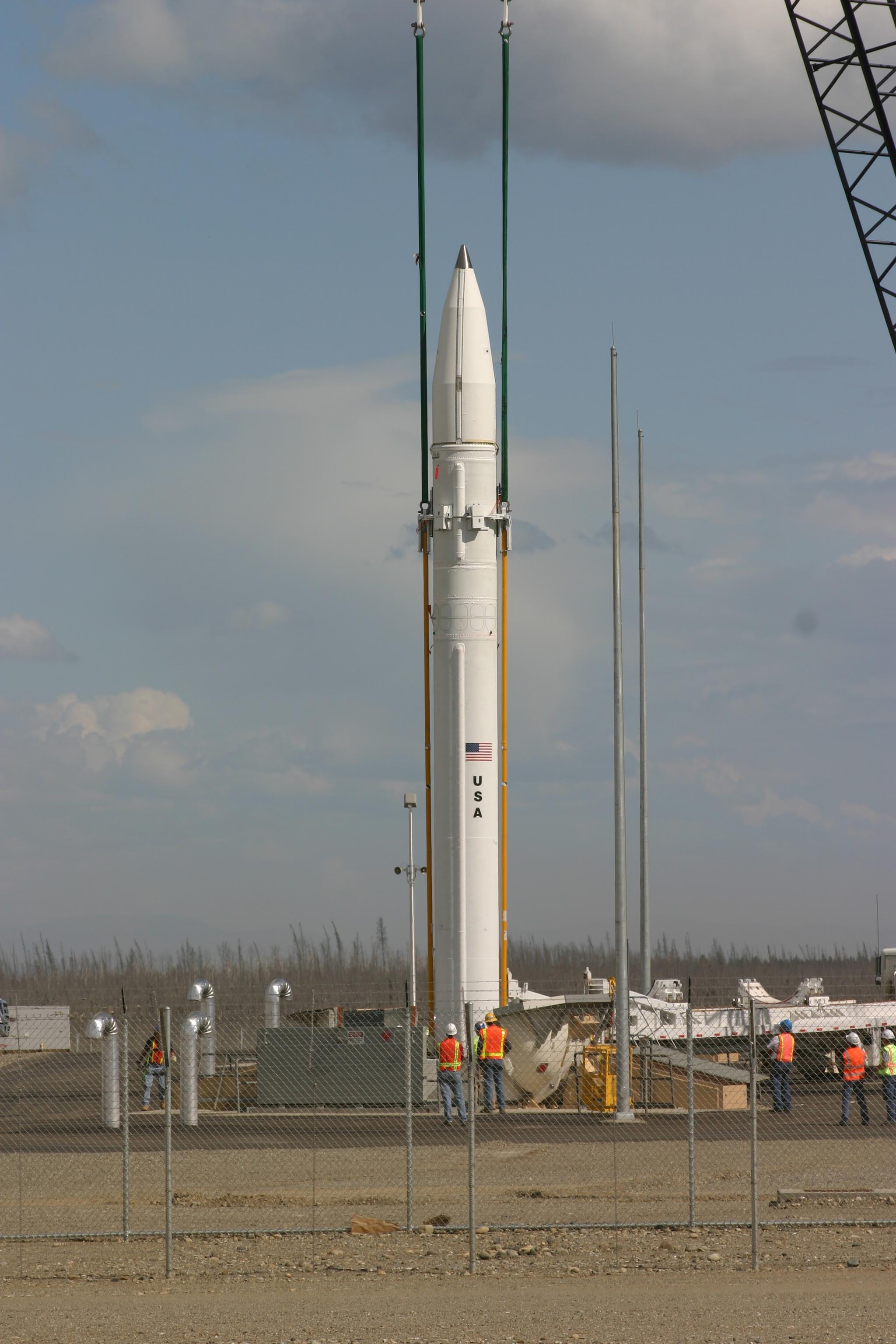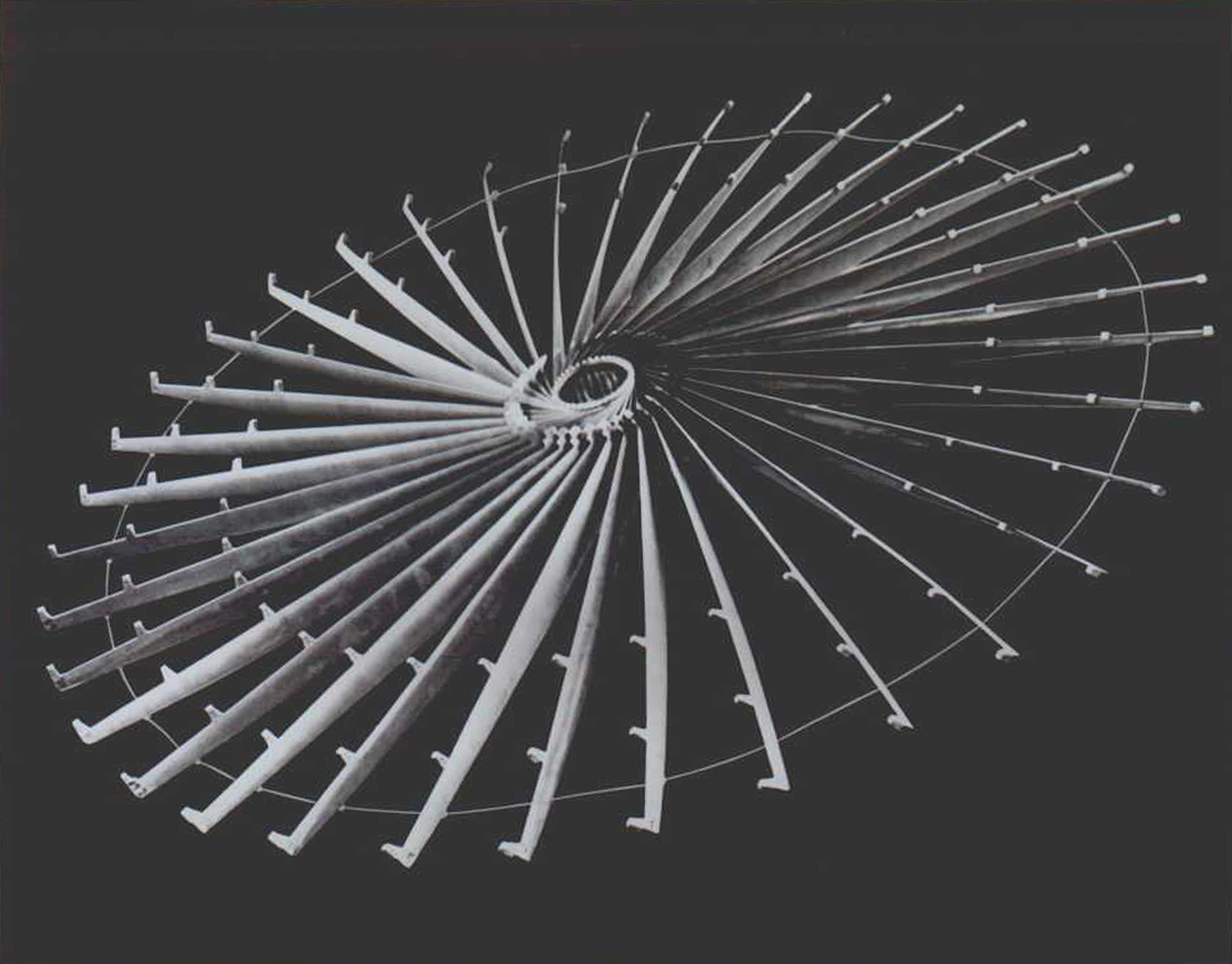|
SM-3
The RIM-161 Standard Missile 3 (SM-3) is a ship-based surface-to-air missile used by the United States Navy to intercept ballistic missiles as a part of Aegis Ballistic Missile Defense System. Although primarily designed as an anti-ballistic missile, the SM-3 has also been employed in an anti-satellite capacity against a satellite at the lower end of low Earth orbit.Pentagon news briefing of February 14, 2008video : although no name for the satellite is given, the launch date of December 14, 2006 is stated The SM-3 is primarily used and tested by the and also operated by the |
Aegis Ballistic Missile Defense System
The Aegis ballistic missile defense system (Aegis BMD or ABMD), also known as ''Sea-Based Midcourse'', is a Missile Defense Agency program under the United States Department of Defense developed to provide missile defense against short and intermediate-range ballistic missiles. The program is part of the United States national missile defense strategy and European NATO missile defense system. Aegis BMD is an expansion of the Aegis combat system deployed on warships, designed to intercept ballistic missiles in mid-course phase (i.e., after the rocket burn has completed but prior to reentry into the atmosphere). Aegis BMD-equipped vessels can engage potential threats using the Standard Missile 3 mid-course interceptors and the Standard Missile 2 and Standard Missile 6 terminal-phase interceptors.Aegis BMD web page , |
Anti Ballistic Missile
An anti-ballistic missile (ABM) is a surface-to-air missile designed to destroy in-flight ballistic missiles. They achieve this explosively (chemical or nuclear), or via hit-to-kill kinetic vehicles, which may also have self-maneuvering. Tactical systems are widely deployed to counter short and intermediate-range ballistic missiles that carry conventional warheads. Strategic systems, deployed by the United States, Russia, and Israel, are capable of intercepting intercontinental ballistic missiles, typically used to carry strategic nuclear warheads. During the Cold War, the 1972 ABM Treaty limited the nuclear arms race; excessive ICBM production would have been favoured to overwhelm ABM systems. Of the modern strategic ABM systems, only Russia's are themselves armed with nuclear warheads. Current counter-ICBM systems There are a limited number of systems worldwide that can intercept intercontinental ballistic missiles: * The Russian A-135 anti-ballistic missile system (u ... [...More Info...] [...Related Items...] OR: [Wikipedia] [Google] [Baidu] |
Anti-ballistic Missile
An anti-ballistic missile (ABM) is a surface-to-air missile designed to Missile defense, destroy in-flight ballistic missiles. They achieve this explosively (chemical or nuclear), or via hit-to-kill Kinetic projectile, kinetic vehicles, which may also have self-maneuvering. Tactical systems are widely deployed to counter Short-range ballistic missile, short and Intermediate-range ballistic missile, intermediate-range ballistic missiles that carry conventional weapon, conventional warheads. Strategic systems, deployed by the United States, Russia, and Israel, are capable of intercepting intercontinental ballistic missiles, typically used to carry Strategic nuclear weapon, strategic nuclear warheads. During the Cold War, the 1972 ABM Treaty limited the nuclear arms race; excessive ICBM production would have been favoured to overwhelm ABM systems. Of the modern strategic ABM systems, only Russia's are themselves armed with nuclear warheads. Current counter-ICBM systems There are ... [...More Info...] [...Related Items...] OR: [Wikipedia] [Google] [Baidu] |
USS Lake Erie (CG-70)
USS ''Lake Erie'' (CG-70) is a guided missile cruiser of the United States Navy, commissioned in 1993. She was named after the U.S. Navy's decisive victory in the Battle of Lake Erie during the War of 1812. The cruiser was the first U.S. Navy ship to be commissioned in Hawaii. History ''Lake Erie'' was built by Bath Iron Works in Bath, Maine. Her keel was laid on 6 March 1990 and she was launched on 13 July 1991. Upon completion of her sea-trials after construction, ''Lake Erie'' transferred to the Pacific Fleet and was commissioned on 24 July 1993 as the twenty-fourth ''Ticonderoga''-class guided missile cruiser in her homeport of Pearl Harbor, Hawaii. ''Lake Erie'' is a baseline 4 ''Ticonderoga''-class ship, with integrated AN/UYK-43/ 44 computers (in place of UYK-7 and UYK-20) and superset computer programs originally developed for the guided missile destroyers. ''Lake Erie'' also has an improved UYS-20 data display system and various decision aids, as well as the SQ ... [...More Info...] [...Related Items...] OR: [Wikipedia] [Google] [Baidu] |
Japan Maritime Self-Defense Force
The , abbreviated , also simply known as the Japanese Navy, is the maritime warfare branch of the Japan Self-Defense Forces, tasked with the naval defense of Japan. The JMSDF was formed following the dissolution of the Imperial Japanese Navy (IJN) after World War II. The JMSDF has a fleet of 154 ships, 346 aircraft and 50,800 personnel. History Origin Following Japan's defeat in World War II, the Imperial Japanese Navy was dissolved by the Potsdam Declaration acceptance. Ships were disarmed, and some of them, such as the battleship , were taken by the Allied Powers as reparations. The remaining ships were used for repatriation of the Japanese soldiers from abroad and also for minesweeping in the area around Japan, initially under the control of the ''Second Bureau of the Demobilization Ministry''. The minesweeping fleet was eventually transferred to the newly formed Maritime Safety Agency, which helped maintain the resources and expertise of the navy. Japan's 1947 Const ... [...More Info...] [...Related Items...] OR: [Wikipedia] [Google] [Baidu] |
Anti-satellite Weapon
Anti-satellite weapons (ASAT) are space weapons designed to incapacitate or destroy satellites for Military strategy, strategic or Military tactics, tactical purposes. Although no ASAT system has been utilized in warfare, a few countries (China, India, Russia, and the United States) have successfully shot down their own satellites to demonstrate their ASAT capabilities in a show of force. ASATs have also been used to remove decommissioned satellites. ASAT roles include: defensive measures against an adversary's space-based and nuclear weapons, a force multiplier for a nuclear First strike (nuclear strategy), first strike, a countermeasure against an adversary's Anti-ballistic missile defense countermeasure, anti-ballistic missile defense (ABM), an asymmetric warfare, asymmetric counter to a technologically superior adversary, and a countervalue, counter-value weapon. Use of ASATs generates space debris, which can collide with other satellites and generate more space debris. A c ... [...More Info...] [...Related Items...] OR: [Wikipedia] [Google] [Baidu] |
Kinetic Projectile
A kinetic energy weapon (also known as kinetic weapon, kinetic energy warhead, kinetic warhead, kinetic projectile, kinetic kill vehicle) is a projectile weapon based solely on a projectile's kinetic energy to inflict damage to a target, instead of using any explosive, incendiary, chemical or radiological payload. All kinetic weapons work by attaining a high flight speedgenerally supersonic or even up to hypervelocityand collide with their targets, converting their kinetic energy and relative impulse into destructive shock waves, heat and cavitation. In kinetic weapons with unpowered flight, the muzzle velocity or launch velocity often determines the effective range and potential damage of the kinetic projectile. Kinetic weapons are the oldest and most common ranged weapons used in human history, with the projectiles varying from blunt projectiles such as rocks and round shots, pointed missiles such as arrows, bolts, darts, and javelins, to modern tapered high-ve ... [...More Info...] [...Related Items...] OR: [Wikipedia] [Google] [Baidu] |
RIM-156 Standard
The RIM-67 Standard ER (SM-1ER/SM-2ER) is an extended range surface-to-air missile (SAM) with a secondary anti-ship capability, originally developed for the United States Navy (USN). The RIM-67 was developed as a replacement for the RIM-8 Talos, a 1950s system deployed on a variety of USN ships, and eventually replaced the RIM-2 Terrier as well, since it was of a similar size and fitted existing Terrier launchers and magazines. The RIM-66 Standard MR was essentially the same missile without the booster stage, designed to replace the RIM-24 Tartar. The RIM-66/67 series thus became the US Navy's universal SAM system, hence the designation "Standard Missile". RIM-67A SM-1 Extended Range The RIM-67A (SM-1ER Block I) was the Navy's replacement for RIM-8 Talos missile. Improved technology allowed the RIM-67 to be reduced to the size of the earlier RIM-2 Terrier missile. Existing ships with the Mk86 guided missile fire control system, or "Terrier" were adapted to employ the new mis ... [...More Info...] [...Related Items...] OR: [Wikipedia] [Google] [Baidu] |
Surface-to-air Missile
A surface-to-air missile (SAM), also known as a ground-to-air missile (GTAM) or surface-to-air guided weapon (SAGW), is a missile designed to be launched from the ground or the sea to destroy aircraft or other missiles. It is one type of anti-aircraft warfare, anti-aircraft system; in modern armed forces, missiles have replaced most other forms of dedicated anti-aircraft weapons, with anti-aircraft guns pushed into specialized roles. The first attempt at SAM development took place during World War II, but no operational systems were introduced. Further development in the 1940s and 1950s led to operational systems being introduced by most major forces during the second half of the 1950s. Smaller systems, suitable for close-range work, evolved through the 1960s and 1970s, to modern systems that are man-portable. Shipborne systems followed the evolution of land-based models, starting with long-range weapons and steadily evolving toward smaller designs to provide a layered defence. T ... [...More Info...] [...Related Items...] OR: [Wikipedia] [Google] [Baidu] |
LWIR
Infrared (IR; sometimes called infrared light) is electromagnetic radiation (EMR) with wavelengths longer than that of visible light but shorter than microwaves. The infrared spectral band begins with the waves that are just longer than those of red light (the longest waves in the visible spectrum), so IR is invisible to the human eye. IR is generally (according to ISO, CIE) understood to include wavelengths from around to . IR is commonly divided between longer-wavelength thermal IR, emitted from terrestrial sources, and shorter-wavelength IR or near-IR, part of the solar spectrum. Longer IR wavelengths (30–100 μm) are sometimes included as part of the terahertz radiation band. Almost all black-body radiation from objects near room temperature is in the IR band. As a form of EMR, IR carries energy and momentum, exerts radiation pressure, and has properties corresponding to wave–particle duality, both those of a wave and of a subatomic particle, particle, the photon. I ... [...More Info...] [...Related Items...] OR: [Wikipedia] [Google] [Baidu] |
Inertial Guidance System
An inertial navigation system (INS; also inertial guidance system, inertial instrument) is a navigation device that uses motion sensors (accelerometers), rotation sensors ( gyroscopes) and a computer to continuously calculate by dead reckoning the position, the orientation, and the velocity (direction and speed of movement) of a moving object without the need for external references. Often the inertial sensors are supplemented by a barometric altimeter and sometimes by magnetic sensors ( magnetometers) and/or speed measuring devices. INSs are used on mobile robots and on vehicles such as ships, aircraft, submarines, guided missiles, and spacecraft. Older INS systems generally used an inertial platform as their mounting point to the vehicle and the terms are sometimes considered synonymous. Design Inertial navigation is a self-contained navigation technique in which measurements provided by accelerometers and gyroscopes are used to track the position and orientation of an ... [...More Info...] [...Related Items...] OR: [Wikipedia] [Google] [Baidu] |
Semi-active Radar Homing
Semi-active radar homing (SARH) is a common type of missile guidance system, perhaps the most common type for longer-range air-to-air and surface-to-air missile systems. The name refers to the fact that the missile itself is only a passive detector of a radar signal—provided by an external source via radar illumination—as it reflects off the target (in contrast to active radar homing, which uses an active radar transceiver). Semi-active missile systems use bistatic continuous-wave radar. The NATO brevity code for a semi-active radar homing missile launch is Fox One. Concept The basic concept of SARH is that since almost all detection and tracking systems consist of a radar system, duplicating this hardware on the missile itself is redundant. The weight of a transmitter reduces the range of any flying object, so passive systems have greater reach. In addition, the resolution of a radar is strongly related to the physical size of the antenna, and in the small nose cone ... [...More Info...] [...Related Items...] OR: [Wikipedia] [Google] [Baidu] |










